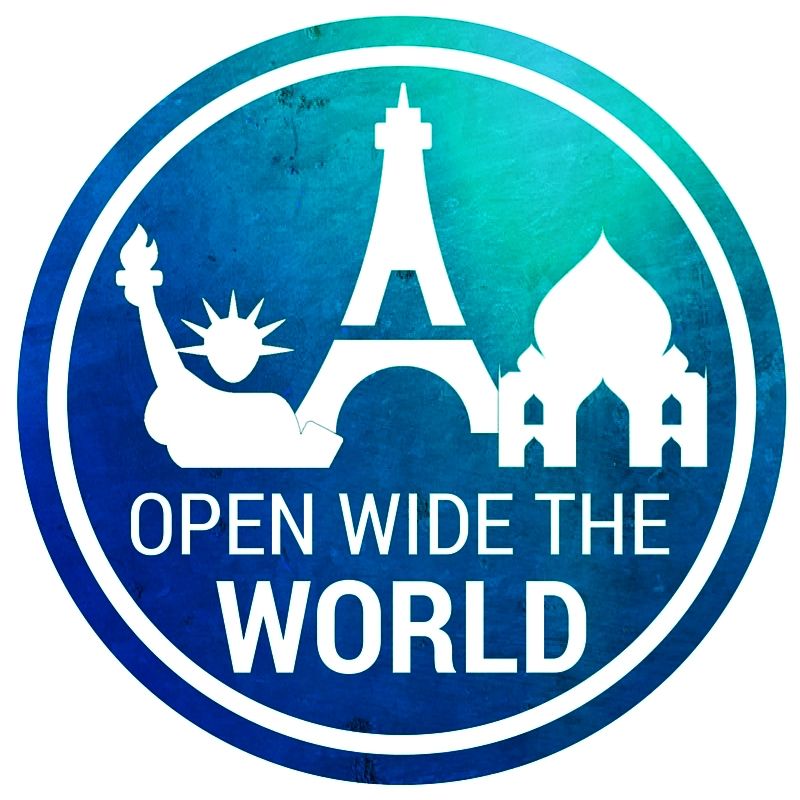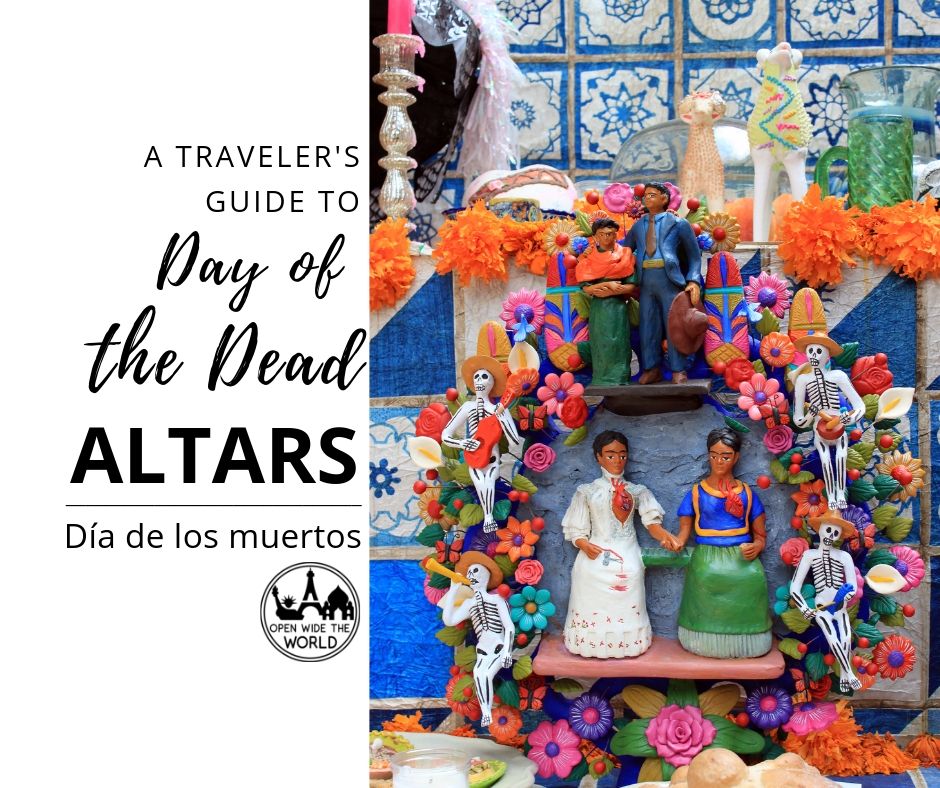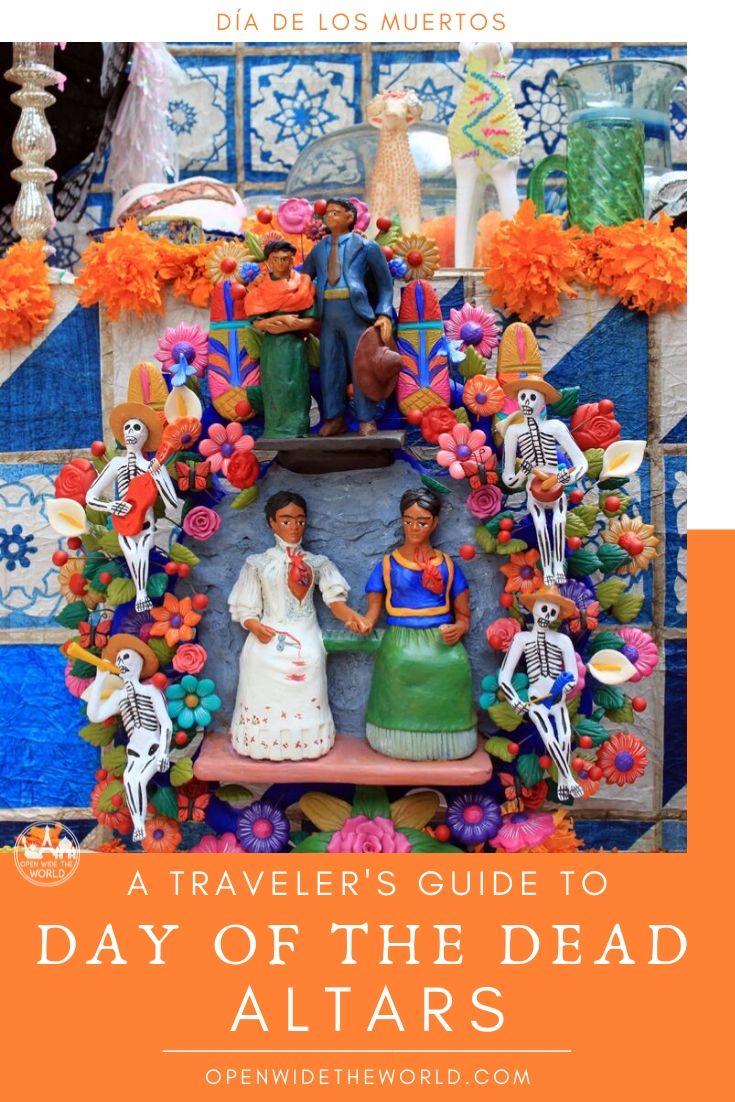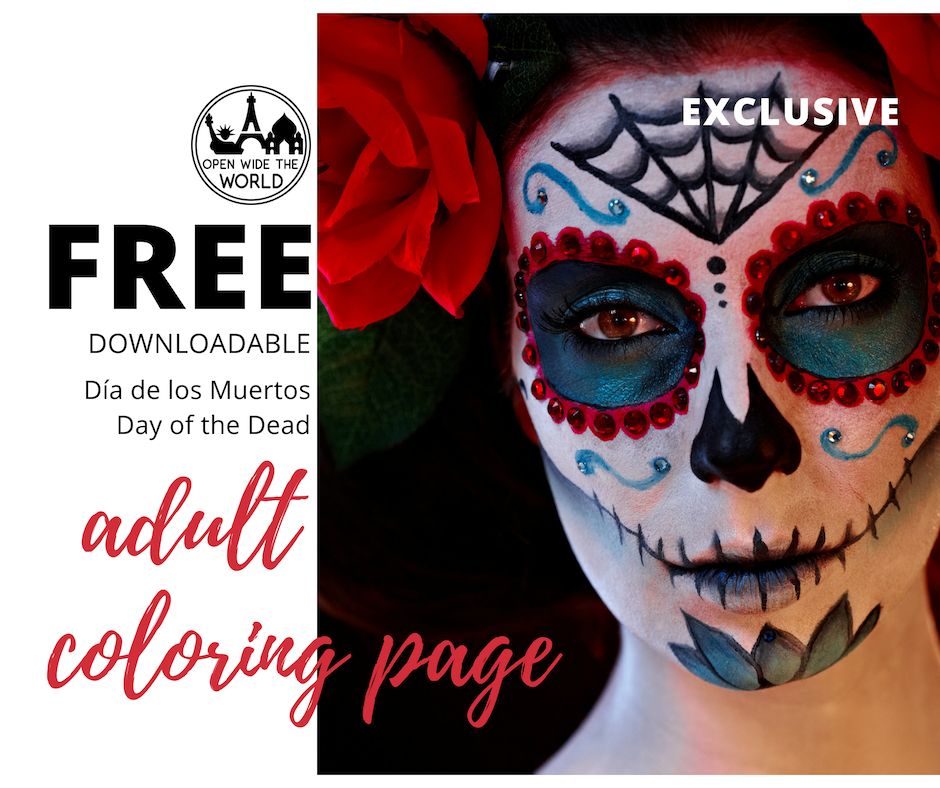A Traveler's Guide to Day of the Dead Altars
Día de los muertos is not solely a Mexican holiday. Each October and November, travelers in the United States are increasingly likely to encounter the Mexican/Latin American cultural heritage tradition of día de los muertos / Day of the Dead celebrations.
A centerpiece of the day of the dead festivities: altares de muertos, or altars of the dead, and the accompanying ofrendas, or offerings.
To more fully appreciate a travel encounter with altares y ofrendas, it helps to understand a traditional altar's basic structure and the meaning of its offerings.
Altares
Altars are created to honor deceased loved ones. The altars are set up in private homes, at grave sites, or on public display. An altar is traditionally constructed in three tiers, each tier making an important representation: the underworld, earth, and heaven.
Beginning at the bottom:
A Day of the Dead Altar depicts: The Underworld
The underworld, home of the deceased, is typically represented at the bottom of the altar.
Here, the underworld is not depicted as a horrible place of misery, suffering, and death. Instead, the deceased are seen as festive and lively calacas, or skeleton characters. This level of the altar also commonly includes candles and cempasúchil, or marigold flowers, which light and scent the way for the souls of deceased family members to return to the living for the día de los muertos celebration.
A Day of the Dead Altar depicts: Earth
Earth is usually the center and the majority of an altar.
Representations of Earth, home of the living, include photos and momentos of the loved one's time on Earth, favorite foods, drinks, and sugar skulls and other treats for nourishment after the long journey from the underworld back to Earth, and more candles and marigolds, plus colorful papel picado, or banners of cut paper, for Earthly decoration.
A Day of the Dead Altar depicts: Heaven
Heaven is most often represented at the top of an altar.
This level commonly includes religious effects like crosses or depictions of virgin Mary (Jesus' mother), plus candles and copal incense, whose smoke helps spirits return to the afterlife.
We participate in Amazon's affiliate program, which allows sites to earn advertising fees. There is no additional cost to readers making Amazon purchases through our site.
Ofrendas
The objects chosen to include on a día de los muertos altar (as listed above) are called el ofrenda, or the offering. As families decide on the offering, care is taken to represent each of the four elements - earth, air, fire, and water.
The element of Earth
Earth elements are, of course, found on the Earth level of the altar. These may include fruits, grains and clay pots.
The element of Air
Air is depicted on all levels of the altar. Altar shawls and papel picado, as well as smoke from the candles and incense, blow in the wind (air).
The element of Fire
Fire, like air, is represented on all three levels of the altar, in the flames of the candles and the fire-like orange color of the cempasúchil.
The element of Water
Water can be found on the Earth level of the altar, commonly in a clay jar to quench the spirits' thirst after the long journey from the underworld.
If you love knowing the backstory behind elements you encounter in your travels, check out:
If you can’t make it to Mexico City for this festival, we love the annual altares y ofrendas exhibit at the National Museum of Mexican Art (NMMA) in Chicago's Pilsen neighborhood.
And find more great Chicago museums here!
Where have you seen a Día de los muertos altar?
Let us know in the comments!
Pin this post!
Want to teach your kids or students more about Día de los muertos?
Check out our Día de los muertos Bilingual Activity Pack, with mini-books and activity sheets, all in English and Spanish!








